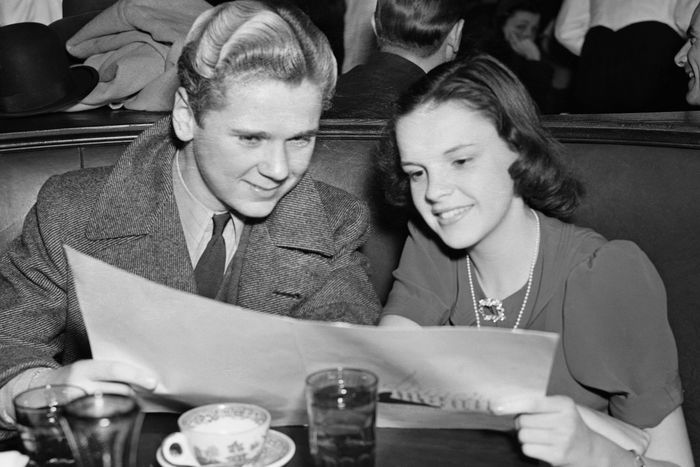
Walking into a recent dinner in Greenpoint, everything seemed exceedingly lovely: The lighting cast a cozy glow. Wineglasses clinked. Silverware dinked. The calming aroma of wood smoke wafted from the kitchen. The restaurant had old-world charm to spare, a fastidiously manicured vibe that I could have lived in. And it was undone, more or less entirely, when it was time to check out the menu.
There were no sheets of neatly printed paper, or even chalkboards. Instead, there was a QR code, antiseptically taped to the table. I wanted to celebrate my boyfriend’s birthday, but the first ten minutes of our meal was instead filled with silence as we tapped around on our phones, attempting to navigate the hopelessly clunky point-of-sale system just to see what, exactly, we could order. The dishes had quirky names but no descriptions and because of the endless submenus, It was impossible to see everything at once. I struggled to find the “back” button. “This POS,” I thought, “is a piece of shit.”
The experience was hardly unusual. Restaurants around the city resorted to QR-code digital menus when COVID-19 made the idea of shared surfaces unimaginably terrifying, and at the time, phone menus were a clever and necessary solution that arrived in the middle of an unsolvable crisis. But as the months have gone on, the novelty has worn off, and I find myself sighing every time I cross paths with one. I understand the appeal for owners: Digital menus are more sanitary, are more economical, eliminate the need for printing anything, and allow for immediate updates. They are also cold, ugly, and strangely unpleasant.
This is not to say ordering via phone needs to go away completely. At a fast-food counter, or an airport, I’d happily tap in my order for the sake of expediency. At a sports bar, I’d much rather order on my phone than elbow my way through sweaty soccer fans. It is arguably the pinnacle of human technological achievement that I can order some Shake Shack crinkle fries while I walk there, and have them waiting for me when I arrive. But at the kinds of restaurants with candles and wine lists and servers who earnestly ask, “Is this your first time dining with us?”, the practical benefits of QR menus need to be weighed against the aesthetic and experiential drawbacks. With transmission rates dropping and vaccines mandated inside restaurants, it feels like the scales have tipped back in favor of good old-fashioned paper.
Physical menus are one of the first ways that a restaurant can say, This is what we’re about. As a diner, you connect with the owners’ ideas and the chefs’ points of view. At the dim little wine bar near my apartment, the menu — a tiny, unadorned piece of paper — confers a sense of intimacy that extends through the night. At a diner, a sprawling, multipage laminated tome tells you that this kitchen will make you anything you want, no matter what that is. (Even if it’s the broiled fish.) When the menu at the hip Japanese place in a Greenpoint warehouse lands, you notice the intricate graphic design, and casual sections like “larger” or “smaller,” and you know instantly that this is a restaurant that wants its customers to have fun. That’s all lost when you’re trying to tap through dish descriptions on a generic third-party platform while your phone’s notifications ding with tomorrow’s calendar reminders and an urgent TikTok alert that the pug with no bones posted a new video.
About a year and a half ago, this very site wondered whether it was time to get rid of paper menus for good. At the time, I found myself agreeing with many of that story’s points, but — crucially — I also had no way of knowing then how much I would end up missing all the little experiences that only paper menus can provide. In that last year and a half, my entire personal and professional life has been lived in Zoom calls, Slack messages, and group chats. What I want, now that my friends and I can meet up with a reasonable degree of safety and comfort, is to throw my phone into the East River and never hear it chime again. At the very least, I’d love to be given space where I can totally ignore it for a few hours.
The most enjoyable restaurants shelter you from the rest of the real world and compel you to linger. You want to order dessert, or a coffee, or maybe some after-dinner drinks. You shouldn’t need your phone for that.




